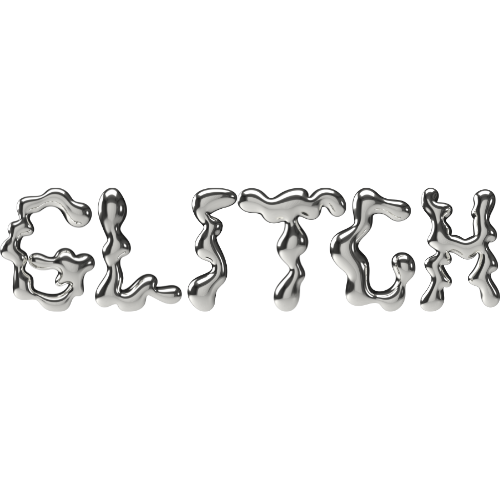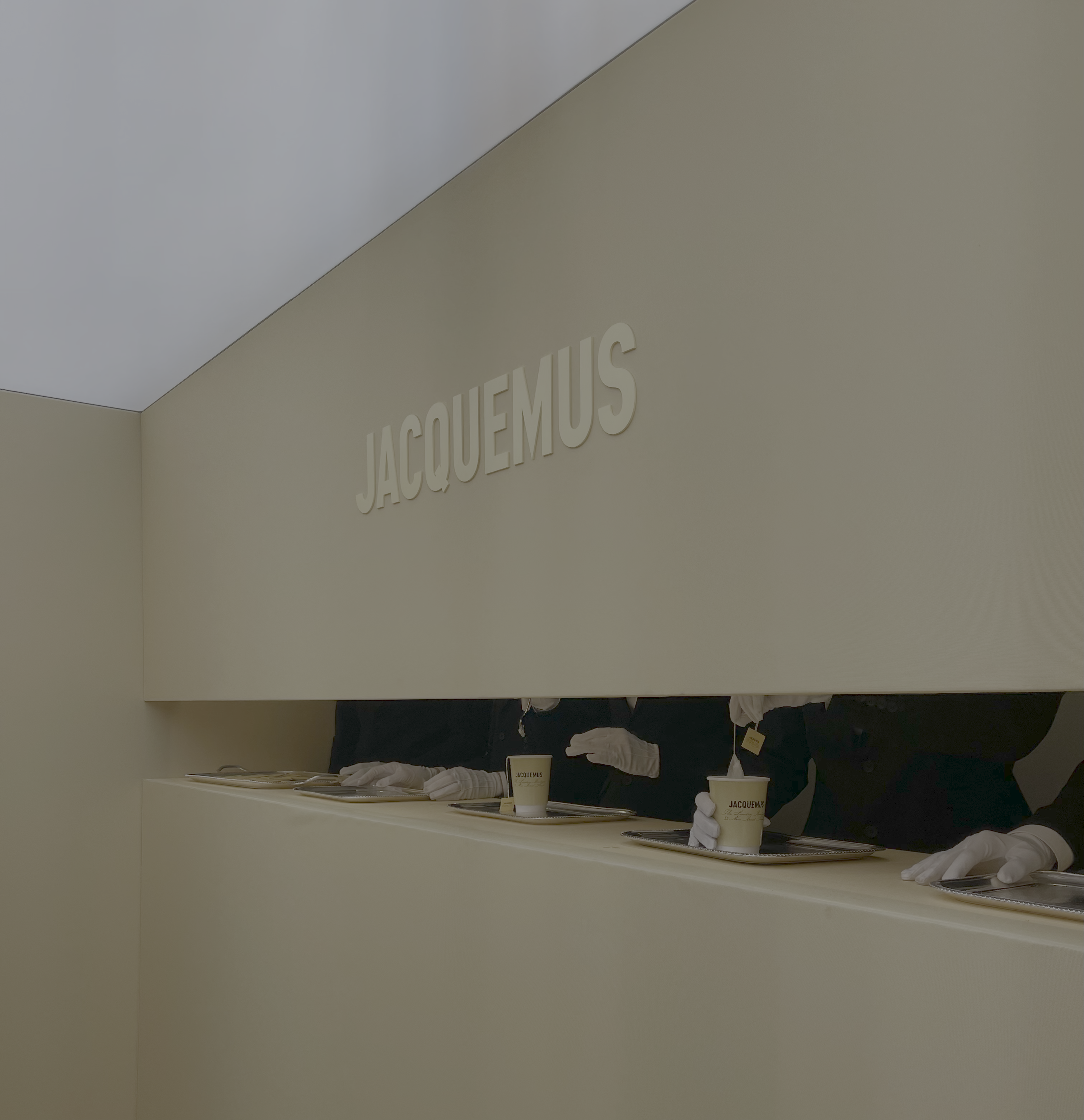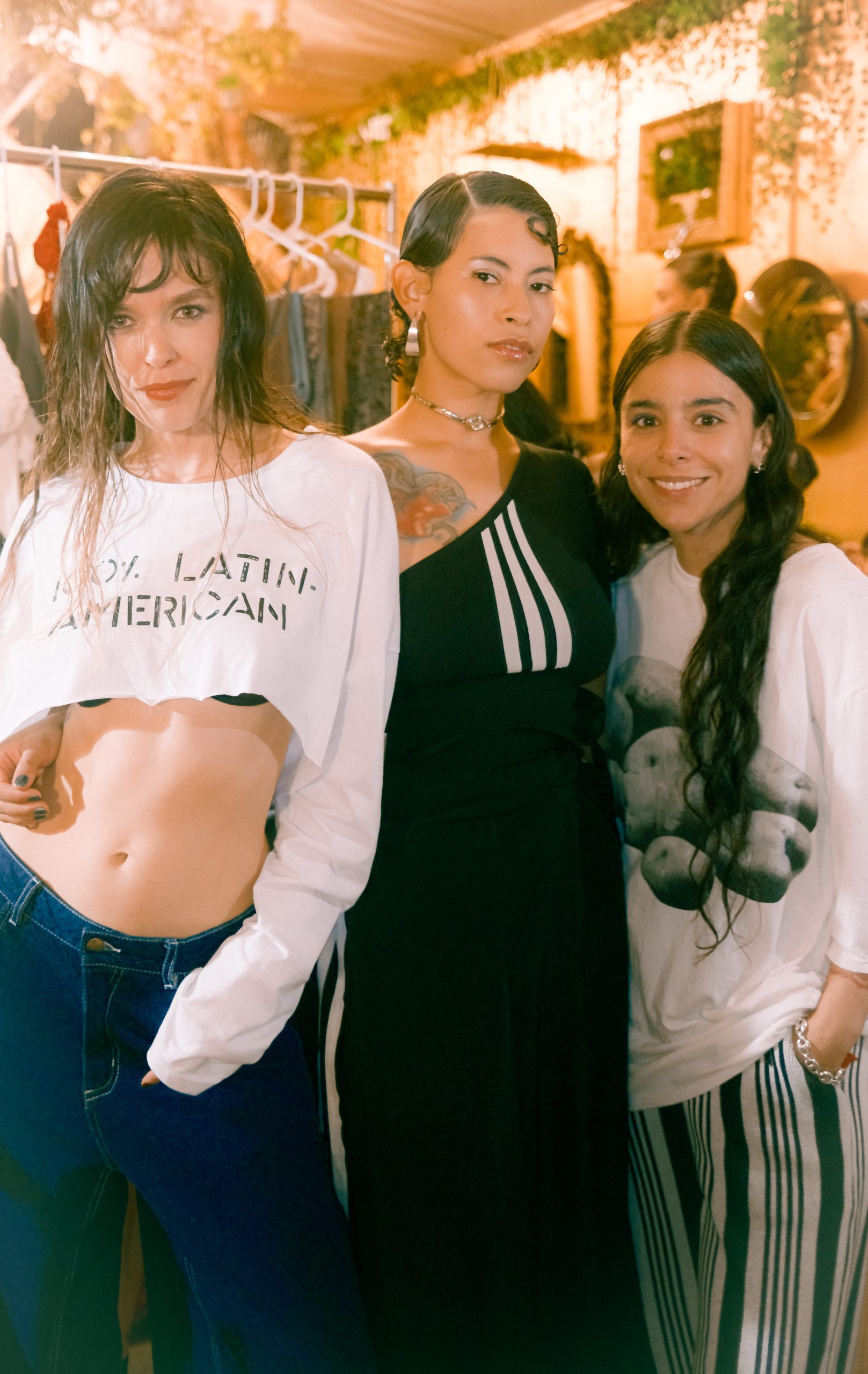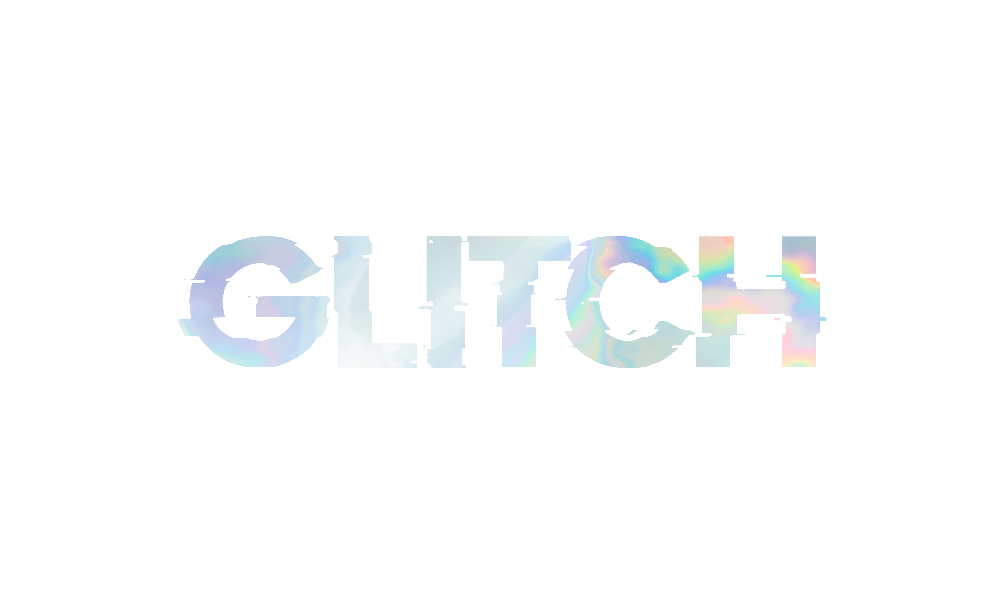Currently, we exchange worlds and stories through the printed word, which gives consumers a scope of interpretation. Or, we share ideas, through film and imagery, which gives the viewer a more immediate understanding, but only within the bounds of two dimensions, without breaking them out of the confines of their tangible environment; they remain fully in their flat, consciously “watching’. With augmented reality our methods of sharing imagination, vision, and experience, have been boundlessly stretched and reshaped. By hacking the audio-visual systems of our brain, and feeding us with stimuli that mimicks that of the tangible reality we know, augmented reality sprinkles our experience with additional elements. We no longer have to perpetuate stories and narratives in the blank image of our mind, we no longer have to suspend our disbelief, we simply have to absorb, and quite conversely, pinch ourselves out of believing.
But, more importantly, augmented reality can creatively rewrite the whole consumer experience up until the point of purchase. Brands now have more hooks and a more expansive toolbox for disseminating their message, illustrating their brand world, and tapping into their communities. Augmented reality offers an unparalleled increase in consumer engagement, whether incorporated into billboard or printed advertising, in-store experiences, e-commerce websites, or as part of social media campaigns and posting. By generating novel ways to extend and elongate consumer engagement, brands are unsurprisingly seeing higher and more sustained conversion rates. There is a new and unsaturated way for brands and designers to connect with their consumer base and advertise in a way that is not garish, manipulative, nor aggressive, but instead implicitly new and implicitly personalised. There is also the element that taps into innate human curiosity, of revealing “hidden” content, that concealed within unobvious digital elements, that feeds into a buzz for quirky and game playing advertising. Ultimately, integrated AR activities across the fashion landscape will help to curate a richer customer experience.
Mixed reality will now allow us to curate a fun, efficient and personalised shopping experience that shoppers desire. As such, the faff, reluctance, difficulty and indecision can begin to be drained out of an industry that has at times fallen out of touch with its customer, and forgotten its role as a consumer driven service. This is an issue both recognised and sought to be corrected the likes of GLITCH, a modern-day fashion magazine collectible, that bridges AR with tangible print pages in a way that hasn’t been seen before. GLITCH is pioneering the way to mixed media advertising, with the consumer, the reader, you, at its focus. Our first DNA edition is just a slight glimpse into this developing world of fashion communication, compressed into 300 pages, and inviting you to begin interacting with blended worlds and blended realities, soon to be normality.
Yet, if we continue to superimpose digital images over our real world, will we lose grip on the truth of reality? Whilst augmented reality may be broadening our ability to create and interact presently, is there a dangerous eventual endpoint where the real world cannot stand in competition with the expansive and diverse capabilities of the digital? As the pixelated world becomes more and more attractive, are we encouraging society to spiral into a state of social isolation, a state of online interactivity, but state of being barren of face to face interactivity. The poignant question is whether this is the world we want fashion to be, if we take away the simplicity of fabric against skin, the thread, the mannequin, the window display and the customer assistant, are we losing the authentic feel of a brand, and perhaps the important tactile connection, that has thus far upheld a billion dollar empire.
For fashion, an industry that hinges on the realisation of magical moments, pushing the boundaries of image making and creating the un-created, virtual reality is changing the game. On a practical level, many brands and retailers have been able to use the technology to offer a “try before you buy” service, that simulates the experience of traditional changings rooms in bricks and mortar stores, and has not only further reduced the necessity of expensive and inefficient physical shops, but has boosted the globalising spread of fashion. Amidst COVID and lockdowns, the technology has been translated into vivid projection, and we can now bring immersive fashion show experiences to industry professionals and the general public from the comfort of their sofas. Both beauty and fashion brands have further used this technology in symbiosis with filter and phone camera technology, and now users and customers can try on different styles of clothing and accessories, or different shade of makeup and skincare through the tap of a screen. This technology not only saves retailers’ space and staffing costs, and rapidly slashes carbon emissions, but it also provides solutions to sizing struggles, the baneful issue of returns, and arguably the never-ending problem with idle unworn clothing. When customers can “experience” products and pieces before purchasing, it is as though they develop a more entrenched sense of desire, or even a pre-empted sense of ownership, that sends more purchases into completion. Buyer confidence is boosted.
Written by Hebe Street from GLITCH Magazine





